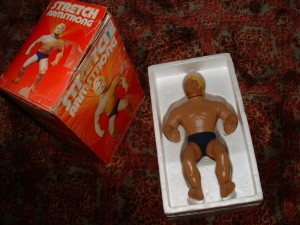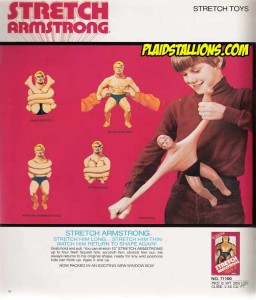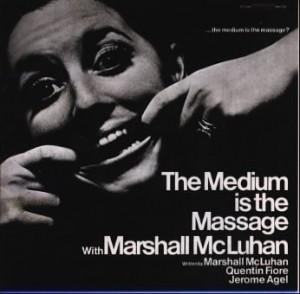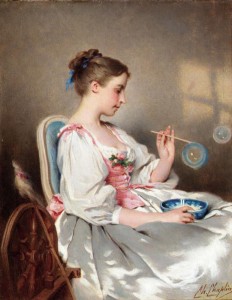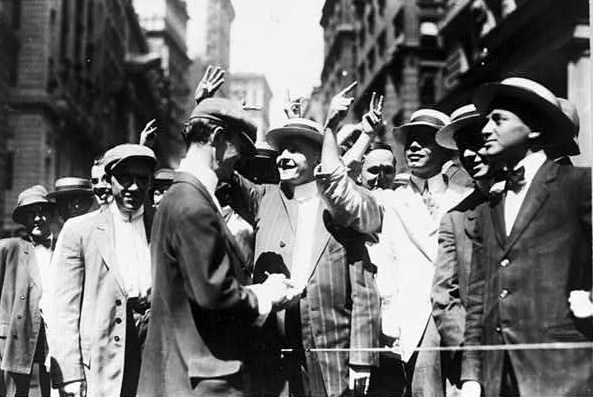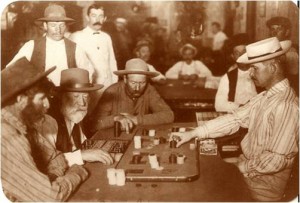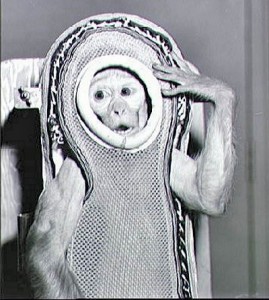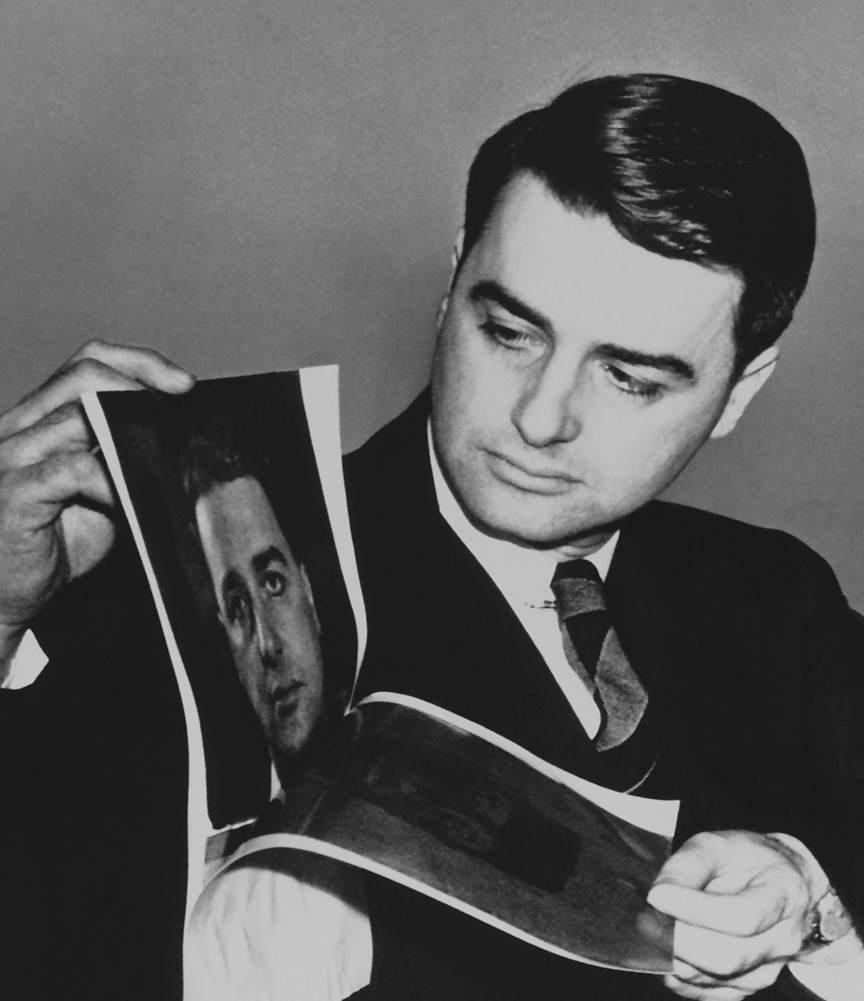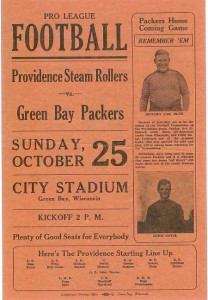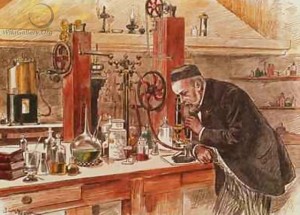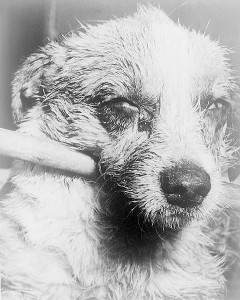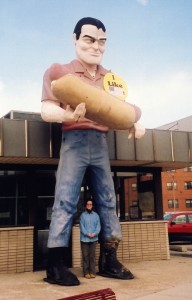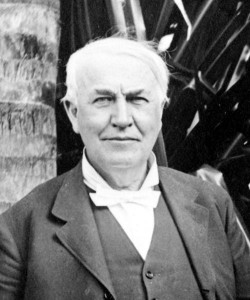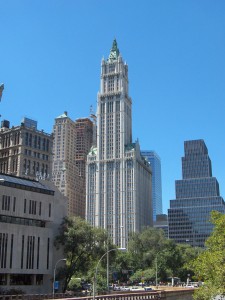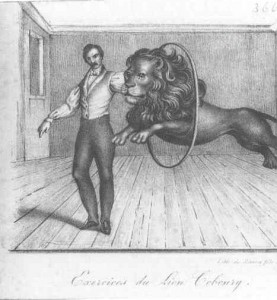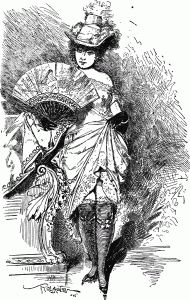
"They receive visitors of the other sex, and ply their vocation on the streets for a livelihood."
Alison Leigh Cowan of the City Room at the New York Times has an interesting piece about an 1870 guidebook, The Gentleman’s Companion, which was a directory of brothels and streetwalkers in Manhattan. The Times got to briefly handle a crumbling copy that is kept under lock and key at the New-York Historical Society, but there’s a digital version for everyone to read. A few excerpts from the publication follow. (I’ve left the writing as it was, though some of it is patchy.)
••••••••••
In passing up Broadway, any evening, between the hours of 7 and 11 o’clock, one is surprised to see so many well-dressed and comely females whose ages range from fifteen to twenty-five years, unattended by companions of the opposite sex.
These young ladies are Nymphes de Pave or as they familiarly termed ‘Cruisers’ have furnished rooms in which they receive visitors of the other sex, and ply their vocation on the streets for a livelihood.
As a general fact, these girls are smart. good-looking, well-educated and are neat and prepossessing in appearance. This is especially the case with those who are called ‘Badgers,’ but more widely known as panel thieves. These plunderers have had full swing, of late, and have robbed many an unsuspecting stranger of his all. The sooner justice puts an end to their swindling career, the better it will be for public and for the girls themselves.”
••••••••••
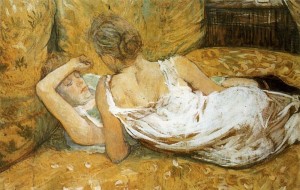
"It is a third class house where may be found the lowest class of courtezans."
The house No. 58 West Houston street, is kept by Mrs. Mayer who furnishes the best accommodations for ladies and gentlemen. This house is kept in a very quiet and orderly manner. The next house, No. 55, is kept by Miss Ada Blaghfield, the dashing brunette, who has eight boarders, both blondes and brunettes. These are a pretty lot of girls, of pleasing and engaging manners. It is regarded as a first class house, very quiet and orderly and is visited by some of the first citizens.
••••••••••
The establishment at No. 111 Spring street is a house of assignation kept by Hattie Taylor. It is a third class house where may be found the lowest class of courtezans. It is patronized by roughs and rowdies, and gentlemen who turn their shirts wrong side out when the other side is dirty.

